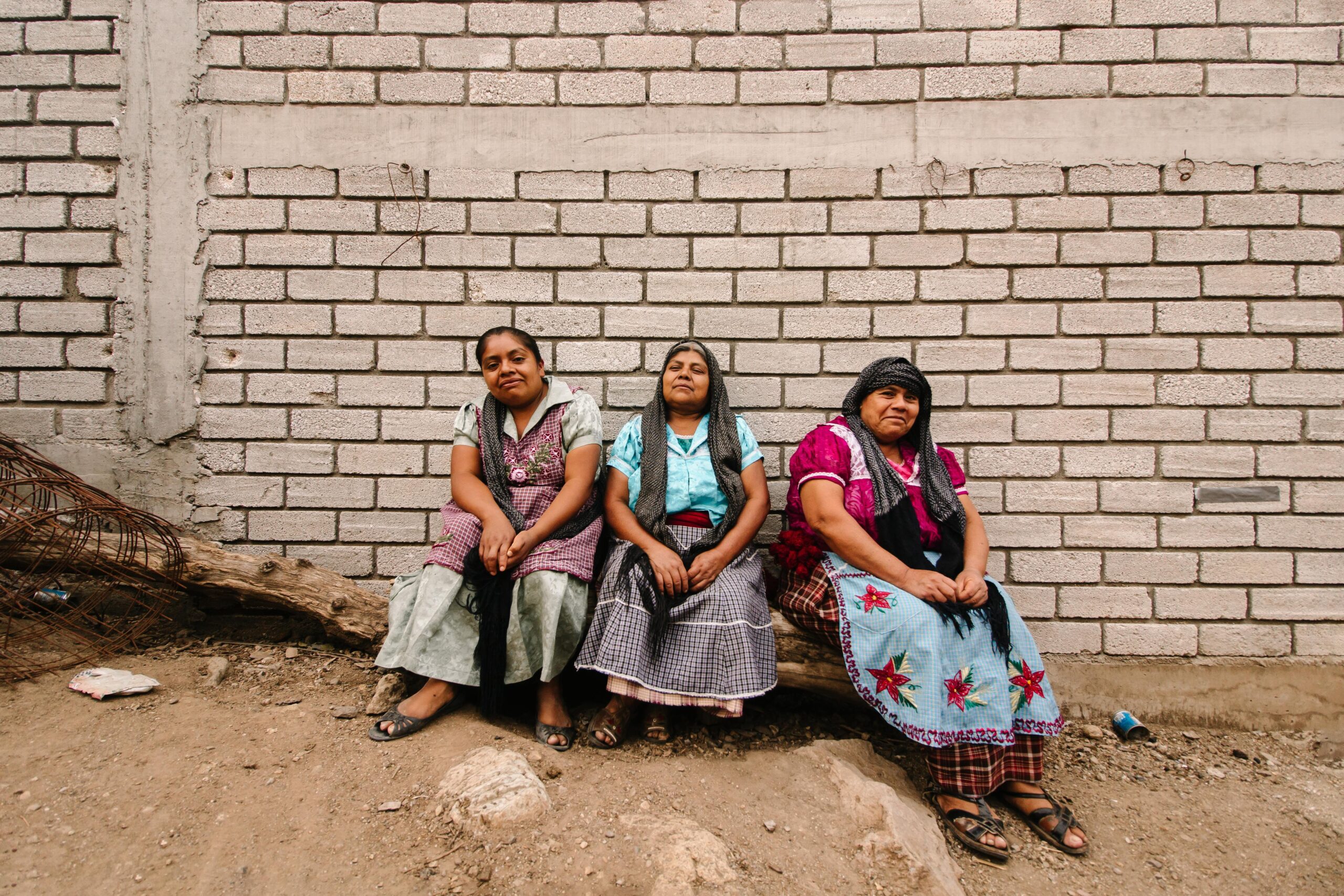By Mir Rashid
In 2022, Mahsa Zhina Amini, a Kurdish woman from Iran, emerged as a pivotal figure in nationwide protests against the oppressive regime. During her visit to Tehran with her brother, she was detained and subsequently arrested by Iran’s morality police for non-compliance with the compulsory headscarf law enforced by the regime. Amini endured physical abuse, torture, and tragically fell into a coma while in custody. Regrettably, she passed away at the young age of 22.
This devastating loss sparked extensive demonstrations throughout Iran under the rallying cry of ‘Women, Life, Freedom’. The authorities responded to these protests with brutal force, employing live ammunition, tear gas, and indiscriminate violence against protesters of all ages, including children.
Children released have described sexual abuse, threats of rape, floggings, administration of electric shocks, and how their heads are held underwater, how they were suspended by their arms or from scarves wrapped around their necks.
The aftermath of these events witnessed Iranian authorities summoning, interrogating, and prosecuting peaceful demonstrators. Furthermore, within the first half of 2023 alone, public hangings accounted for the execution of 354 individuals—a staggering increase of 36 percent compared to the previous year. These alarming human rights violations have garnered
international attention and condemnation.
A Humanitarian Regime
“I want you to know that we stand with the citizens, the brave women of Iran” – Joe Biden
In September 2023, news surfaced regarding a hostage agreement between Washington and Tehran that was hailed as a “humanitarian” accord. The deal secured the release of five American hostages alongside an equal number of Iranian prisoners held in the United States. However, this agreement also entailed unfreezing approximately $6 billion worth of Iranian oil revenue in
South Korea—and put in a fund ostensibly designated for humanitarian purposes according to the United States.
Nonetheless, it is crucial to acknowledge that humanitarianism is not inherently neutral or divorced from politics; rather, it is intricately entwined with political motivations. David Rieff contends that militarized states exploit humanitarianism as a tool. Given the context of human rights violations in Iran and the aftermath of the protests for Mahsa Zhina Amini, one must question how the Iranian regime allocates these funds without underlying political motives or agendas.
Empowering Humanitarianism
To comprehensively evaluate the allocation of funds to Iran under the guise of humanitarianism, a decolonial perspective must be applied. Humanitarianism as an ideology has been used as tool for a narrative that involves categorizing human beings into ‘us and them’. In a broader context,
western countries have used humanitarianism to form ties, alliances and as an incentive for cooperation, nonetheless its historical ties to colonialism. Western states giving aid and relief, under the guise of humanitarianism have been complicit in extending current disasters. One may argue the same when it comes to the allocation of $6 billion to Iran.
The allocation and distribution of funds to Iran should rather prioritize local humanitarian relief organizations and non-governmental entities rather than allowing the Iranian regime to utilize the funds as they see fit. This approach is crucial in promoting the well-being and empowerment of the Iranian people, as it ensures that the funds directly benefit those who have experienced hardship within their communities and possess the necessary knowledge to determine where the funds should be directed.
By supporting local communities, organizations, and marginalized groups within Iran, the allocated funds can address pressing issues such as environmental concerns, women’s rights, and cultural matters. Furthermore, it is imperative that caution is exercised to avoid solely relying on
Western NGOs for this purpose. Their approach may reflect inherent biases stemming from a Western-centric worldview, which may not fully capture the specific needs and priorities of the Iranian people.
Iran, a country with approximately 7,000 domestic non-governmental organizations actively engaged in addressing various social and environmental issues, possesses a wealth of local entities that can effectively utilize the allocated funds. These local organizations have a deep understanding of the cultural, social, and economic context of Iran, making them better equipped to address the needs of their communities in a comprehensive and culturally sensitive manner.
Redirecting the funds towards local humanitarian relief organizations and non-governmental entities in Iran ensures that the funds are not benefiting the Iranian regime, but rather directly supporting the Iranian people. This approach acknowledges the reports of human rights violations in Iran, including the increase of executions and prosecution of protesters. Given the
prevalent human rights violations and the death of Mahsa Zhina Amini, it would be unjustifiable to grant direct access to the $6 billion USD to the Iranian regime, even if it remains under the oversight of the United States.
One question remains: Can the United States justify unfreezing $6 billion of funds for the Iranian regime to use as they please, in the name of humanitarianism while they “stand with the brave women of Iran”?




